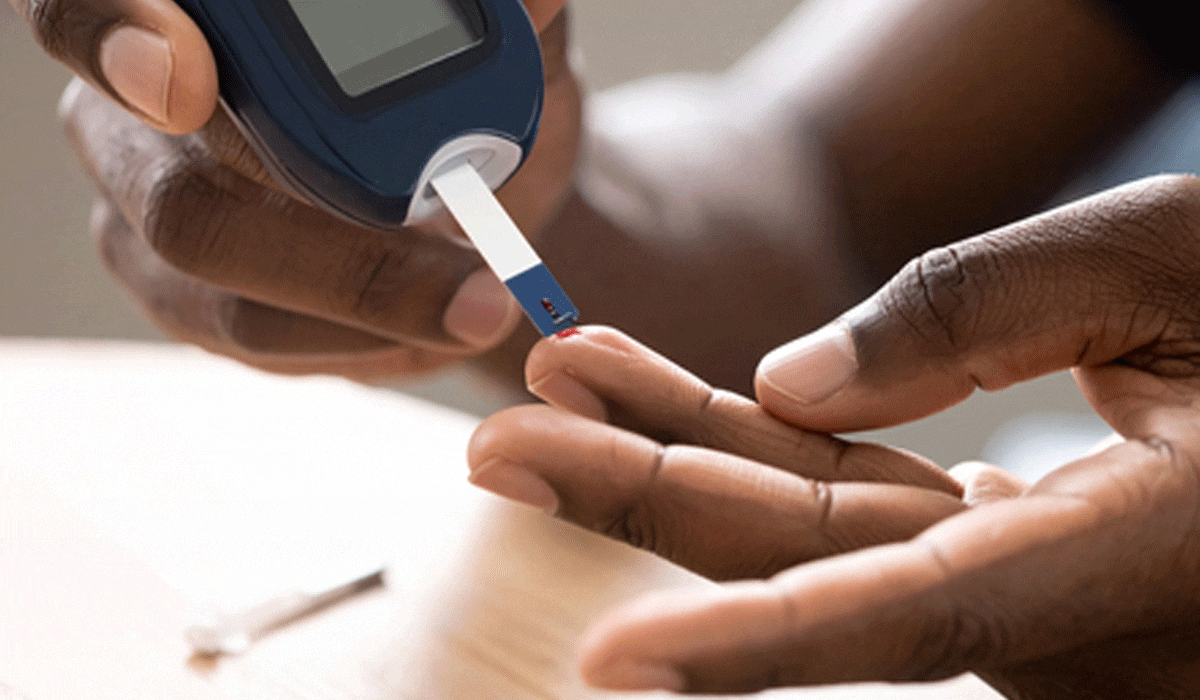IIT Bombay researchers study hidden blood markers to spot diabetes risk
Researchers at the Indian Institute of Technology (IIT) Bombay have studied hidden blood markers to find diabetes risk, paving the way for early detection and more personalised treatments.

New Delhi: Researchers at the Indian Institute of Technology (IIT) Bombay have studied hidden blood markers to find diabetes risk, paving the way for early detection and more personalised treatments.
India is often called the diabetes capital of the world, with an estimated 101 million adults currently living with the condition and another 136 million at risk with prediabetes.
Current tests like fasting blood glucose, HbA1c, capture only a fraction of the complex biochemical disruptions underlying the disease and cannot always predict who faces the greatest risk.
Also Read: ECB announces men’s central contract list for 2025–26
The team from IIT Bombay used metabolomics — the study of small molecules in the blood — to find biochemical patterns that could help identify patients at risk of diabetes.
Metabolites are tiny molecules present in the body that reflect the ongoing activity in cells. By analysing them, hidden shifts in body chemistry that precede clinical symptoms can be detected.
“Type 2 diabetes is not just about high blood sugar. It disrupts amino acids, fats, and other pathways in the body. Standard tests often miss this hidden activity, which may often begin years before the onset of clinical symptoms,” said Sneha Rana, doctoral scholar from IIT B.
For the study, published in the Journal of Proteome Research, the team collected whole blood samples from 52 volunteers at Osmania General Hospital in Hyderabad between June 2021 and July 2022.
The participants included 15 healthy controls, 23 patients with type 2 diabetes, and 14 patients with diabetic kidney disease (DKD). Using two complementary techniques — liquid chromatography-mass spectrometry (LC-MS) and gas chromatography-mass spectrometry (GC-MS) — the team scanned for nearly 300 metabolites.
They found 26 metabolites that differed between diabetic patients and healthy controls.
Some were expected, such as glucose, cholesterol, and 1,5-anhydroglucitol (a short-term marker of blood sugar). But others, like valerobetaine, ribothymidine, and fructosyl-pyroglutamate, had not been linked to diabetes before.
“This suggests that diabetes is a much broader metabolic disorder beyond just glucose dysregulation,” said Prof. Pramod Wangikar from the varsity.
The team found that biochemical patterns could also help identify diabetic patients at risk of kidney complications.
When comparing patients with kidney disease to the other groups, the team identified seven metabolites that steadily increased from healthy to diabetic kidney disease patients.
These included sugar alcohols like arabitol and myo-inositol, as well as ribothymidine and a toxin-like compound called 2PY, which accumulates when the kidneys are damaged.
